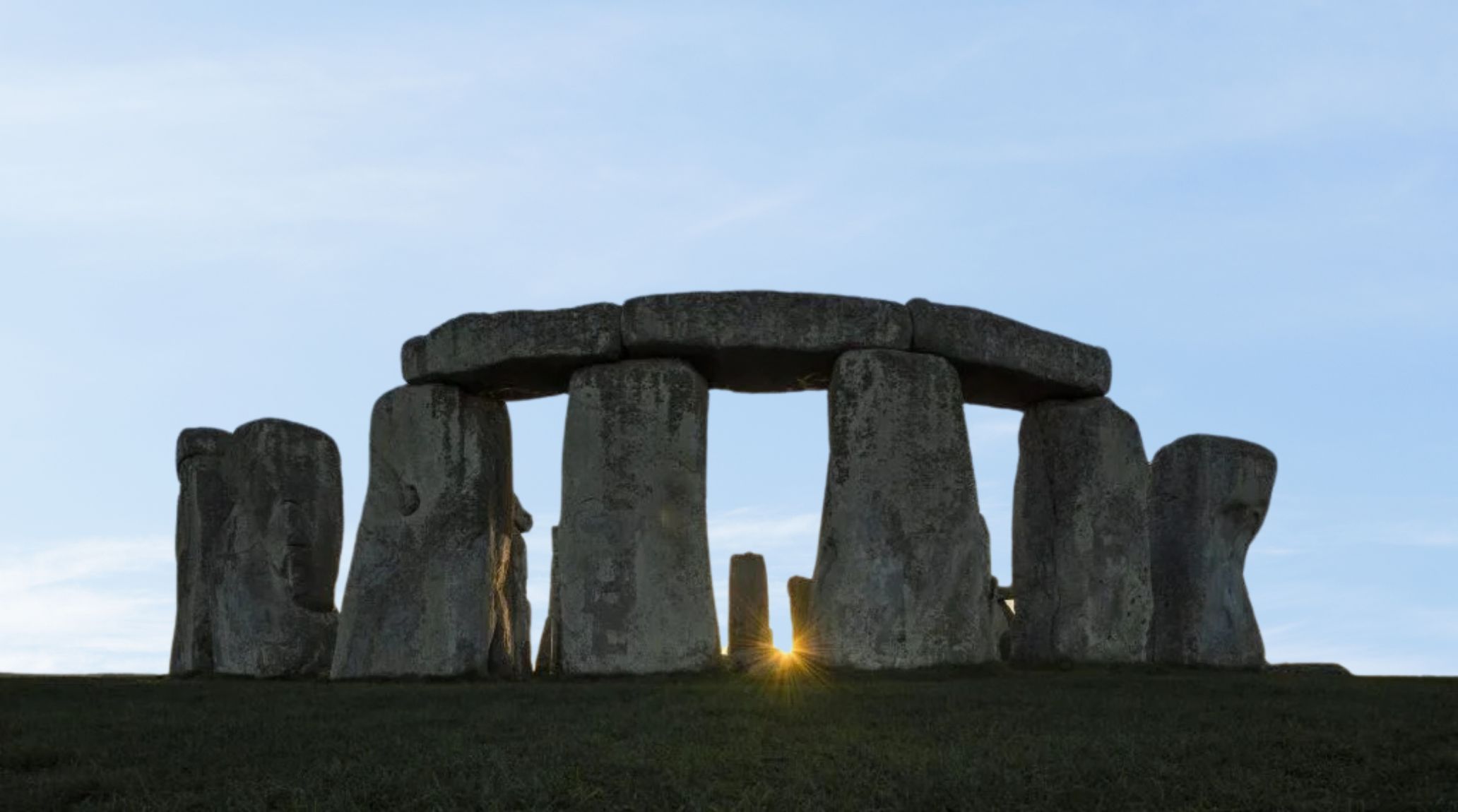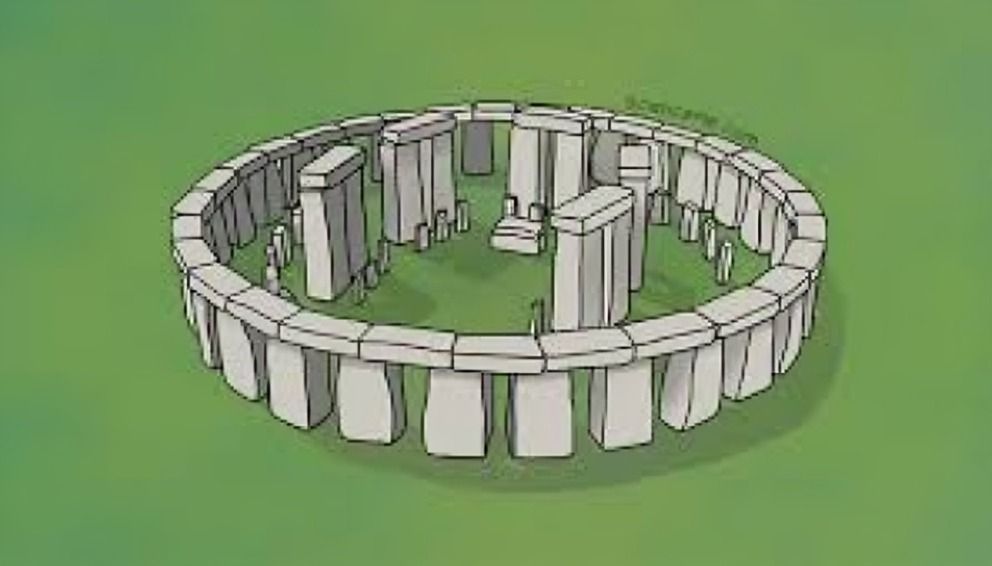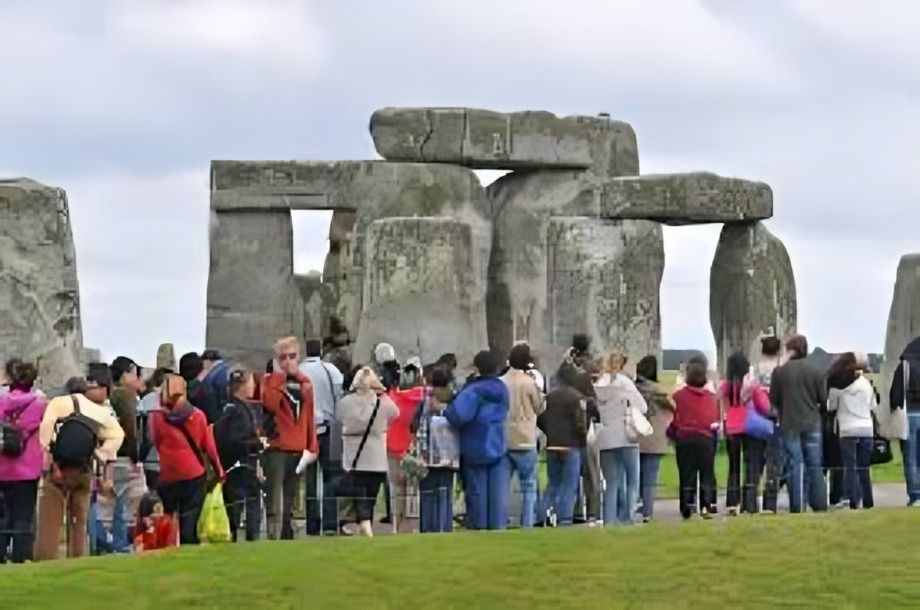
“
Stonehenge, one of the world’s most iconic and mysterious landmarks, continues to captivate historians, archaeologists, and travelers alike. Located in Wiltshire, England, this prehistoric monument has stood for thousands of years, with its purpose and construction still shrouded in mystery. In this blog, we’ll explore amazing facts about Stonehenge, offering insights into its origins, purpose, and significance. Whether you’re fascinated by its ancient stones or intrigued by its unexplained history, these 20 facts will deepen your understanding of this remarkable site. Let’s uncover the secrets of Stonehenge!1
1
”
Stonehenge, built between 3000-2000 BCE, aligns with the summer solstice, showcasing ancient knowledge of astronomy, as its Heel Stone marks the rising sun's position on the longest day of the year. 1
The stones used in Stonehenge include massive sarsens and smaller bluestones, with bluestones originating from Wales, over 150 miles away, indicating advanced transportation methods in Neolithic Britain. 2
Archaeologists believe Stonehenge served as a burial ground, with over 200 cremated remains found nearby, suggesting its use as a ceremonial site for honoring the dead during the Neolithic period. 3
The sarsen stones, some weighing up to 25 tons, were likely transported using wooden sledges and rollers, showcasing the ingenuity and teamwork of the ancient builders without modern machinery. 4

Stonehenge was built in stages, starting around 3100 BC and ending around 1600 BC. The sarsen stones were placed between 2600 BC and 2400 BC, while the circular earth bank dates to 3100 BC.
The purpose of Stonehenge remains debated, with theories ranging from a religious site, astronomical observatory, healing center, or uniting point for diverse prehistoric communities across ancient Britain. 5
Excavations at Stonehenge revealed that 90% of the bones and teeth found were from pigs, with the rest mostly from cattle. Some bones still had meat attached, indicating plentiful food availability. 6
Stonehenge is part of a larger group of stone circles found in Britain. These ancient structures, made of stone or wood, served as important sites for religious ceremonies during the early Bronze Age.7
Recent discoveries suggest that Stonehenge’s design mirrors that of older timber structures, implying that its builders transitioned from wood to stone to create a more permanent and lasting monument. 8

More than 1.3 million visitors visited Stonehenge, making it the 23rd most-visited UK attraction. The British Museum led with 5.8 million visitors, followed by the Natural History Museum at 5.6 million.
Stonehenge is renowned for its precise alignment with the solstices and equinoxes, allowing visitors to witness the sunrise and sunset perfectly aligned with the monument's stones, adding to its mystical allure.9
Some researchers believe Stonehenge’s stones possess acoustic properties, amplifying sound, which may have been used for music or ceremonies, creating a unique sensory experience for ancient visitors. 10
Stonehenge was granted UNESCO World Heritage status in 1986, recognizing its global significance as one of the most extraordinary and enigmatic prehistoric monuments in the world. 11
Excavations revealed Stonehenge was surrounded by over 50 smaller henge structures, forming a sacred area and providing further insight into the monument's central role in Neolithic society. 12

In 2020, researchers uncovered a circle of deep shafts near Stonehenge, thought to form a boundary or pathway connected to nearby ritual sites, expanding understanding of the monument's context.
Stonehenge's Heel Stone, standing outside the main circle, aligns perfectly with the summer solstice sunrise, reinforcing its purpose as an ancient calendar or astronomical observatory. 13
The public footpath runs along one side of Stonehenge, offering a one-sided view. Paying for entry allows access to walk around the stones, providing a closer and more immersive experience. 14
Stonehenge draws millions of visitors annually, with celebrations during solstices attracting modern-day Druids, Pagans, and spiritual seekers who honor its connection to nature and ancient traditions. 15
A free visit to Stonehenge is possible by walking from Woodhenge, a Neolithic timber circle. A 2.5-mile (4 km) trail connects the two, with a small free car park available at Woodhenge. 16
Despite being over 4,000 years old, Stonehenge continues to captivate archaeologists and the public, offering insights into ancient innovation, spiritual practices, and the enduring legacy of prehistoric cultures. 17


